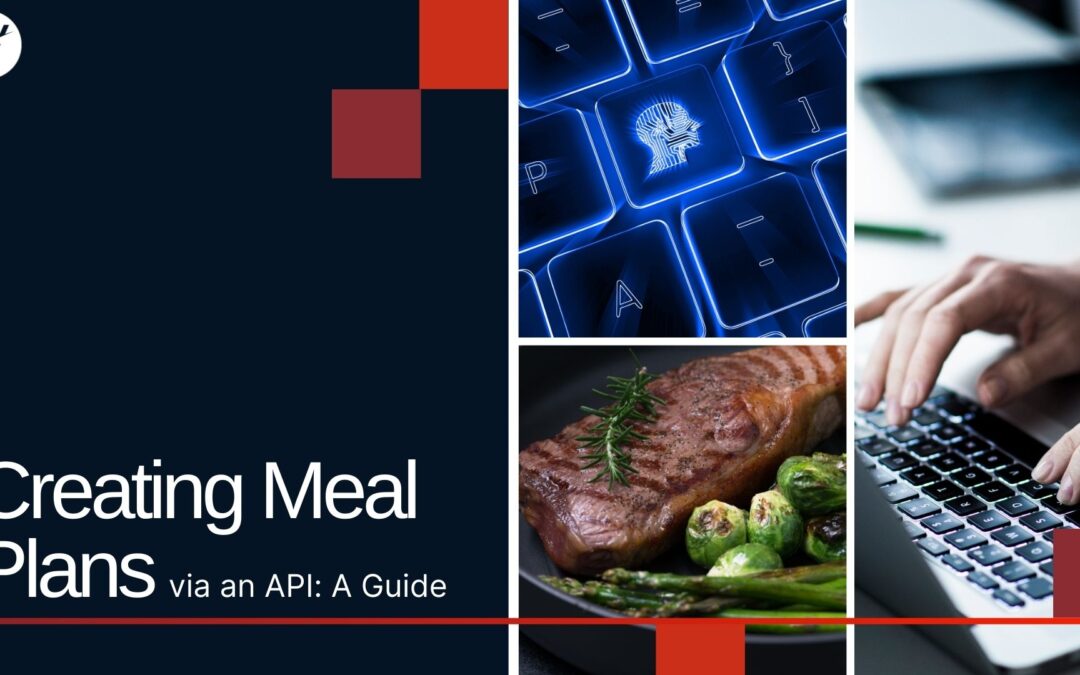There isn’t one “best” way to create meal plans via an API. The ideal approach depends on your specific needs and the capabilities of the APIs you choose. Here’s a breakdown of factors and options:
1. Defining Your Scope:
- Complexity: Do you need simple plans (e.g., 3 meals a day) or complex ones (including snacks, dietary restrictions, specific macro targets)?
- Personalization: Do you need personalized plans based on user data (allergies, preferences, dietary needs) or general templates?
- Flexibility: Do you want users to customize plans themselves, or are you providing pre-made options?
2. API Options:
Dedicated Meal Planning APIs: Services like Edamam, Spoonacular, Nutritionix, and Recipe Puppy offer APIs specifically for meal planning. They provide recipes, nutritional information, and tools for building plans based on dietary restrictions, macro targets, and user preferences.
Recipe APIs: Services like Food2Fork, Yummly, and TheMealDB focus on recipe data, but can be used for meal planning by combining recipes based on specific criteria.
General Data APIs: Services like Google Nutrition API offer access to general food data, but you’ll need to build your own planning logic.
3. Development Approach:
Pre-Built Solutions: If you need a quick solution, consider using a service like MyFitnessPal or LoseIt! which offer API integration for meal tracking and plan generation.
Custom Development: If you need more control and flexibility, build your own API-powered meal planner using libraries and frameworks like Python’s requests or Node.js’s fetch.
4. Example Workflow:
User Input: Gather user data like dietary restrictions, preferences, and desired macros.
API Call: Use an API like Edamam or Spoonacular to fetch recipes that match user criteria.
Data Processing: Filter and sort recipes based on nutritional information, user preferences, and desired meal composition.
Plan Generation: Build a meal plan by combining recipes into meals, considering meal timing, variety, and nutritional balance.
Display/Output: Present the meal plan in a user-friendly format (e.g., list, calendar, recipe cards).
5. Considerations:
Cost: Some APIs are free for limited use, while others require subscriptions.
Data Quality: Ensure the API provides accurate and reliable data for nutritional information, recipes, and ingredients.
Scalability: Consider the API’s ability to handle large datasets and multiple requests if you expect high user traffic.
User Experience: Focus on creating an intuitive and engaging user interface for plan creation, customization, and display.
Conclusion
The best way to create meal plans via an API depends on your specific requirements and preferences. By carefully considering your scope, API options, development approach, and relevant factors, you can create a successful and user-friendly meal planning solution.

